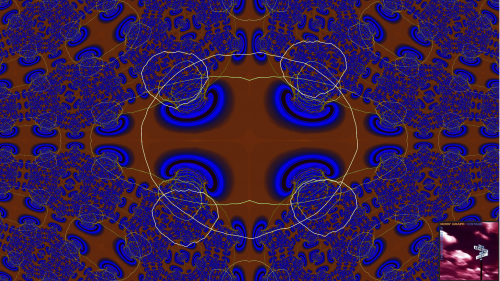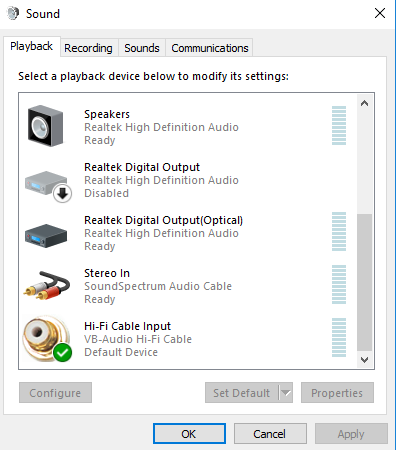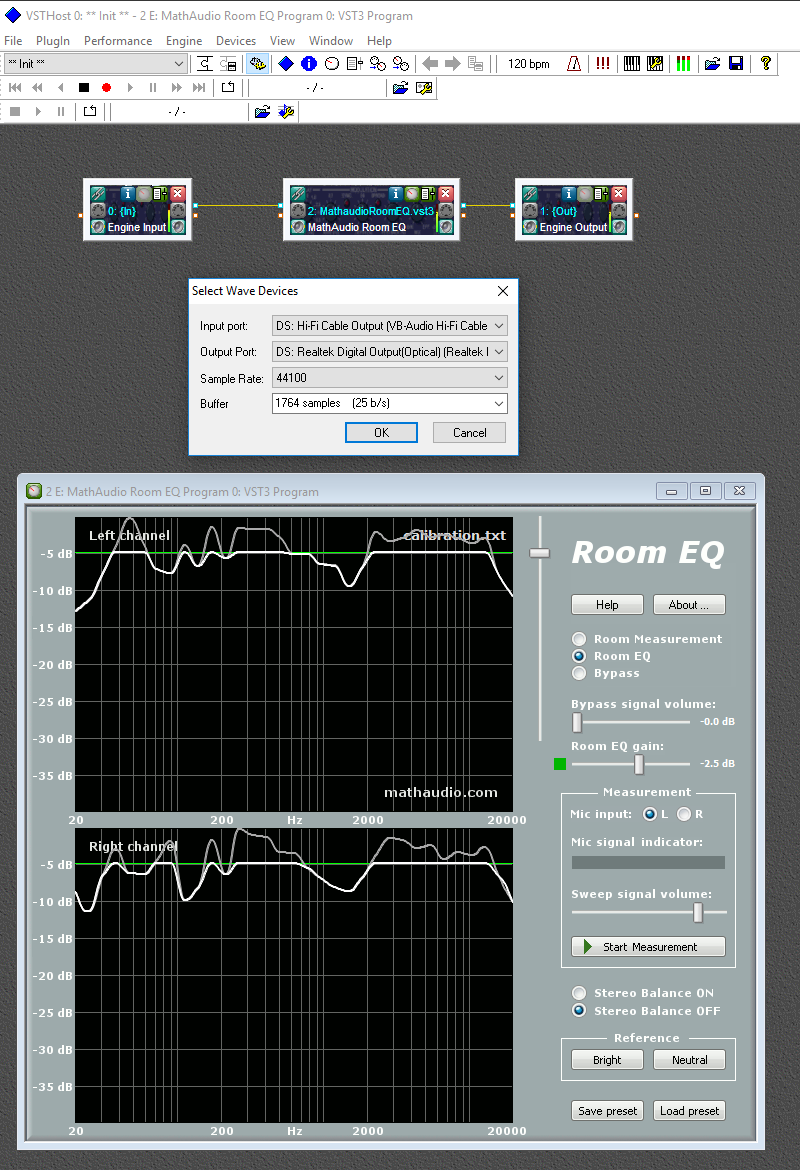WINDOW -- The PRIR measurement captures the room acoustic over time, including reverberation. The maximum measurement length is 850 ms (the default), but this can be reduced. As the length becomes shorter, the sound becomes drier (less reverberant), and at 5 ms thesignalislargelyanechoic.
One reason to reduce the reverberation length is that, as the reverberation dies down, any remaining measured sound is noise in the room. This noise is avoided if the length is reduced to the time from the impulse to the time when the reverberation tail drops below the ambient noise. Another reason would be for analysis of recorded material so that the reverberation of the measured room does not mask small details or errors. Very short reverb times such as 5 ms may sound unnatural.
To adjust the reverberation length, press MENU, the button for the speaker in question (L in this example) and move the cursor to L vSPKR SETUP2. The screen will say:
> WINDOW: 850 ms
REL VOL: 0 dB
DELAY: 0 ms
PROXIMITY: OFF
The cursor should be on WINDOW, but if not, use the ^ and v keys to move it there. Use the < and>keystochoosethereverberationlength;thechoicesare 850,400,200,100,50,25, 10 and 5 ms. Press OK to set, or CANCEL.
The screen indicates that the WINDOW value has been adjusted by displaying a W:
1 john doe
studio a
A 20:01 10-OCT-08
.W. . . .
The WINDOW value applies only to the current preset. If you wish to retain this setting, save or re-save the preset.
The WINDOW control is somewhat similar to the taper settings available when a PRIR is loaded into a preset. (See Other Controls for a discussion of taper.) The differences are: (1) the taper is just that, a linear taper providing a fade to zero, whereas the WINDOW control truncates the reverberation tail for an abrupt cutoff; and (2) the taper must be set upon loading the PRIR into the preset, whereas the WINDOW control can be varied easily after the fact. One might use WINDOW to get a quick idea of the reverberation time present in a PRIR, and to judge whether to reduce it; then use the taper for real listening since a taper will sound much more natural than a truncation.
http://www.smyth-research.com/downloads/A8manual.pdf














